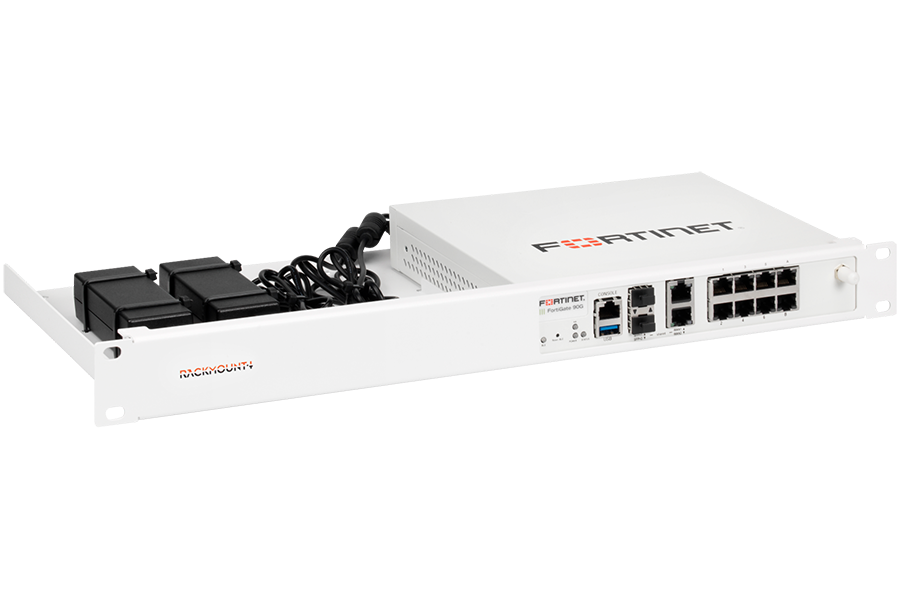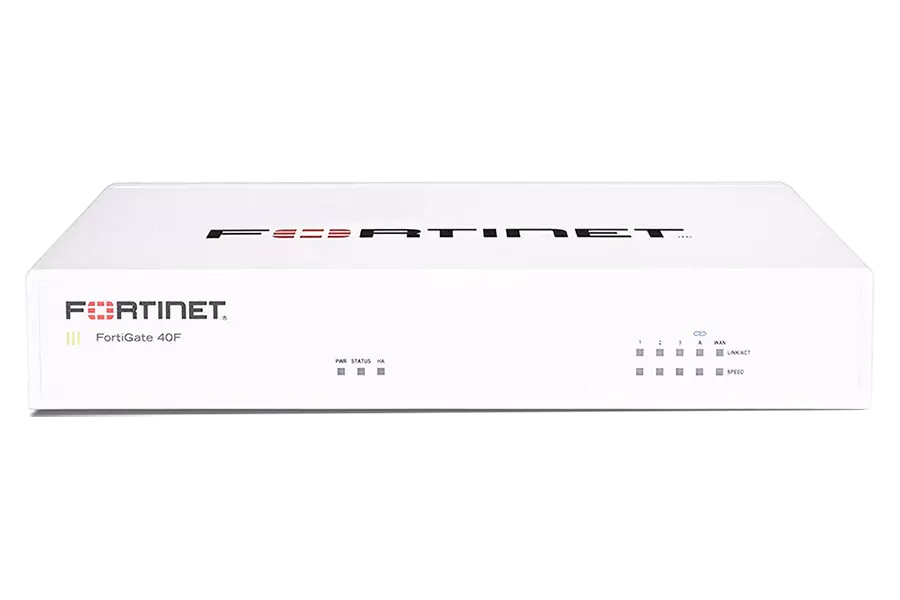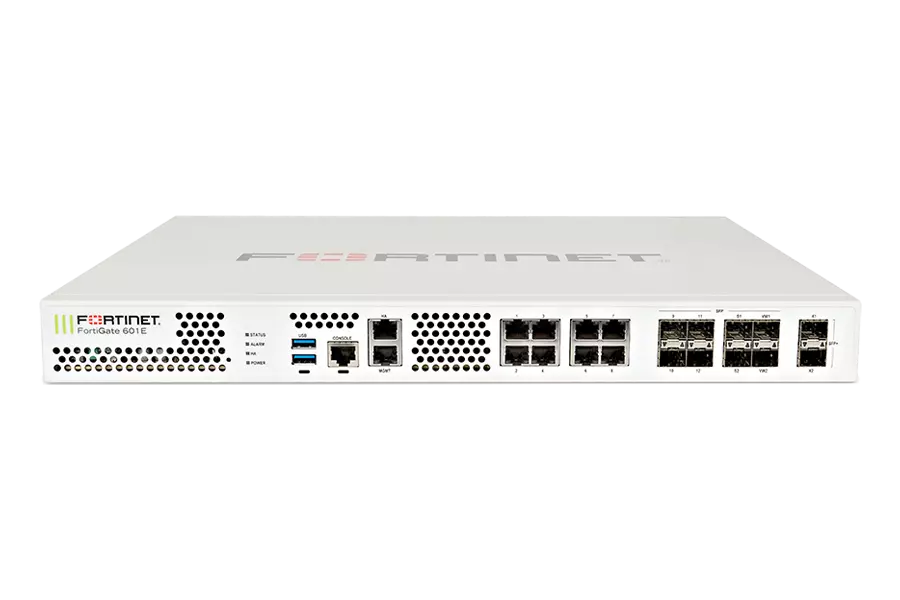What is IT Infrastructure management?

Importance of Smart Cameras For Large Meeting Rooms?
September 11, 2023
What is firewall and why it is needed?
December 27, 2023IT Infrastructure Management refers to the process of managing and overseeing the elements of an organization’s information technology (IT) infrastructure. The IT infrastructure includes hardware, software, networks, data centers, facilities, and personnel required for the operation, monitoring, and management of IT services. The goal of IT Infrastructure Management is to ensure that the organization’s IT environment is efficient, reliable, secure, and aligned with business objectives.

Key components of IT Infrastructure Management include:
Hardware Management:
Managing and maintaining physical IT assets such as servers, storage devices, computers, and networking equipment.
Software Management:
Installation, configuration, and maintenance of software applications and systems that support business operations.
Network Management:
Managing the organization’s network infrastructure, including routers, switches, firewalls, and ensuring network connectivity and performance.
Data Management:
Handling data storage, backup, and recovery processes to ensure the integrity, availability, and security of organizational data.
Security Management:
Implementing and monitoring security measures to protect IT systems and data from unauthorized access, cyber threats, and vulnerabilities.
Monitoring and Performance Management:
Continuous monitoring of IT infrastructure components to identify and address performance issues, bottlenecks, and potential failures.
Capacity Planning:
Assessing current and future needs to ensure that the IT infrastructure has sufficient capacity to support business requirements.
Incident and Problem Management:
Responding to and resolving IT incidents, as well as identifying and addressing underlying problems to prevent future occurrences.
Change Management:
Managing and controlling changes to the IT environment to minimize disruptions and ensure that changes align with business goals.
Vendor Management:
Managing relationships with external vendors and service providers to ensure the delivery of quality services and support.
Compliance and Governance:
Ensuring that the IT infrastructure complies with relevant regulations, standards, and internal policies. This includes maintaining proper documentation and audit trails.
Efficient IT Infrastructure Management is crucial for the smooth functioning of an organization’s IT services, minimizing downtime, enhancing security, and supporting business growth. It involves a combination of strategic planning, proactive maintenance, and responsive problem-solving to ensure that the IT environment meets the needs of the organization and its users.




